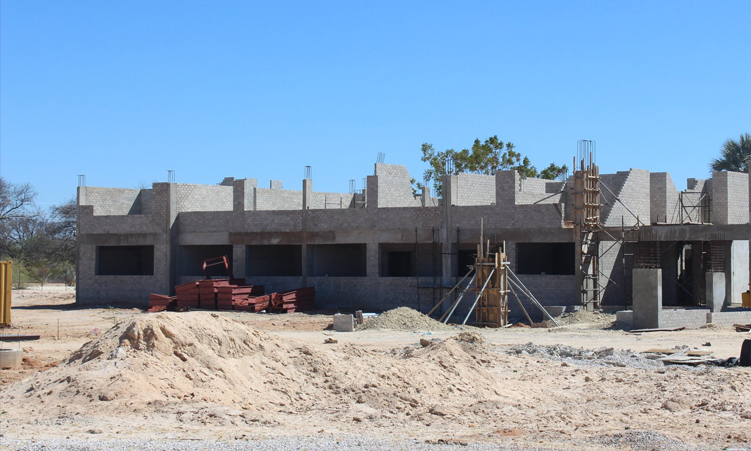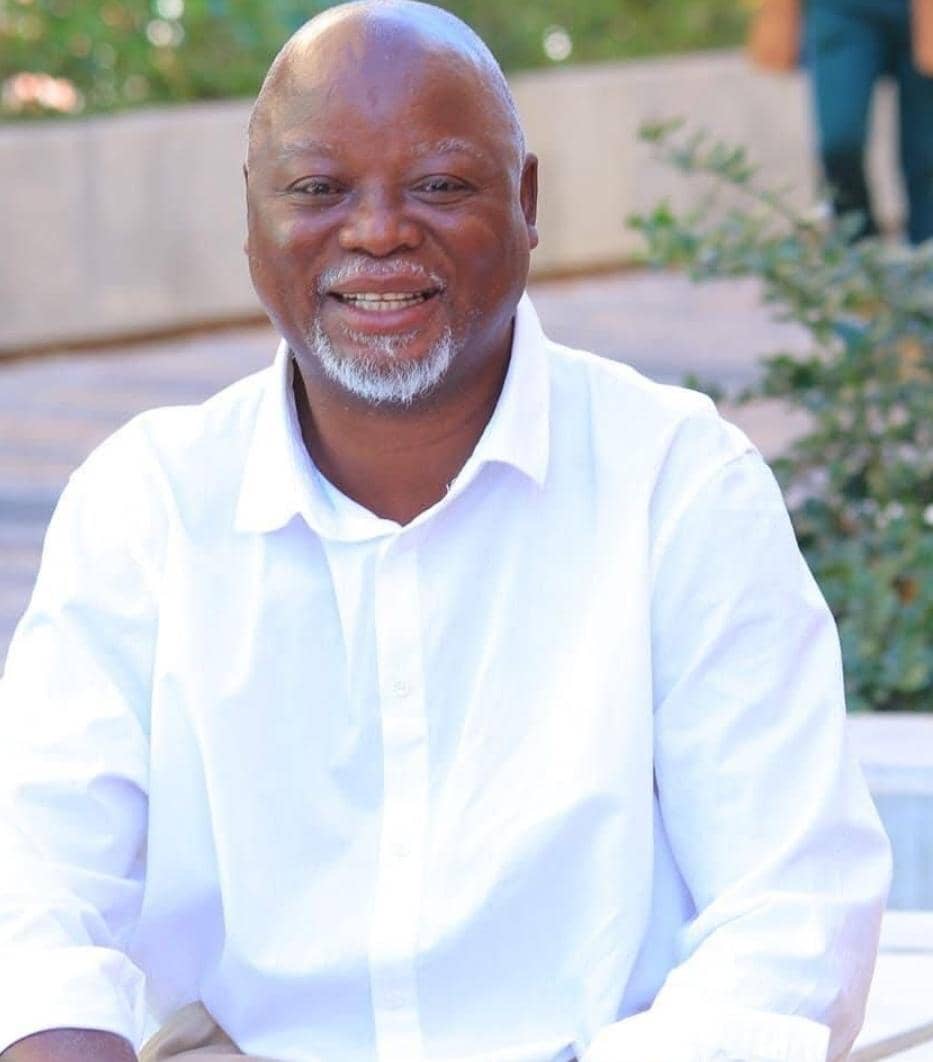Many projects which were started since independence have never been finalised.
We see unfinished buildings and dirty, empty erven at towns.
If each and every muncipality has a few of these, there may be more than 30 such projects all over the country.
Homeless people inhabitat these delapidated properties. Eventually the whole area around the site is affected.
This is not only the case in real estate. Financial institutions, such as banks, the Master of the High Court, and the National Planning Commission must have an abundance of funds never collected by unidentifiable owners.
Even in the field of human resources, there may be people who are employed due to certain obligations, but actually don’t have much to do.
There may be numerous reasons why a project comes to a standstill.
A lack of funds is not always the main reason for this.
Sometimes the owner cannot be traced, and sometimes a seemingly insurmountable obstacle appears.
It may help to classify these projects into to three categories: profitable with technical difficulties, partly profitable and charitable and of high social value.
The profitable projects could be categorised into those with high, medium or low potential. Partly profitable projects may require cooperation between a business entity and a provider of infrastructural or social services.
Charitable projects may need to be linked to comparable projects.
The financial industry rates funds from AAA to DDD. One could rate funds under unspecified circumstances as FFF.
Such funds could be transferred to a related cause within a hierarchy defined as unutilised for 10 or 20, or untraceable (U).
Funds rated FFF10 should maintain a certain traceable ownership structure in case the original owners reclaim their belongings. FFF20 could permit the previous owners to join the new managers, while FFF (U) status would be usable towards a common purpose.
If one agency takes it up to collect incoming cses of ‘unfinished projects’, a small team could browse through fact sheets and prioritise and delegate the immediate tasks.
To begin change, the homeless should be given the official duty to clean up the place. There should be economies of scale if 25 or more such unfinished businesses are taken up.
Legal procedures should be given clear timelines.
Some unfinished properties show that the original investor has spent millions. These private losses turn out to be important losses to the communities as well.
In some cases, foreign development agencies have invested hundreds of millions into a good cause that never materialised.
Till today, the public wonders why there are buildings in the remotest of places. Rededicating such investments may provide a late justification to the original donor.
It is most important for the public morale that unfinished endeavours are finished.
The government, communal structures and civil society should not allow ‘absolute’ property rights to lead to absolute dilapidation of the social space.
The common good should prevail.
Andreas Peltzer
Stay informed with The Namibian – your source for credible journalism. Get in-depth reporting and opinions for
only N$85 a month. Invest in journalism, invest in democracy –
Subscribe Now!







